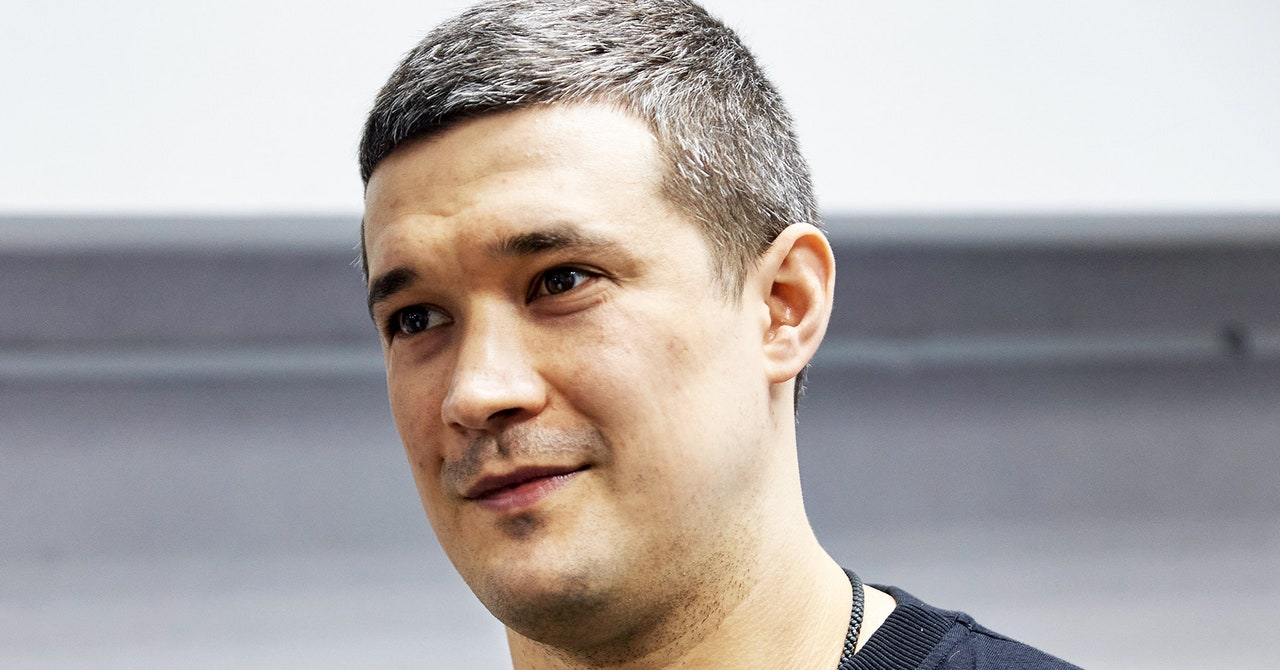Into the war Ukraine, now entering its 14th grueling month, has displaced millions of people, fueled global food shortages and threatens to spiral into wider conflict. It has also highlighted how new technologies, especially those from the commercial sector, are upending conventional military doctrine.
Ukraine has resisted and repelled Russia’s much greater military power, largely due to its willingness, out of necessity, to adopt and experiment with new technologies, not all of which were originally designed for military use.
I recently spoke with Ukraine’s 32-year-old Digital Transformation Minister Mykhailo Fedorov about the country’s interest in tapping into new technology to boost the war effort. Fedorov spoke via Zoom, through an interpreter, from an undisclosed location in Ukraine, about plans to produce more advanced drones and other autonomous systems and to incubate military startups.
“Technology has influenced and improved our situation, and at the moment we are trying to improve our military technology,” says Fedorov. He cites Ukraine’s Army of Drones initiative, which encourages foreign individuals and companies to donate commercial drone hardware, as a success that Ukraine hopes to build on.
Ukraine’s innovative use of aerial drones has upended some conventional notions of warfare. In the early stages of the conflict, Turkish-made Bayraktar TB2 drones – cheap and unwieldy but deadly effective – boosted morale by finding and destroying Russian tank battalions. As the conflict continued, commercial drones not intended for military use, from companies like DJI, and modified drones designed for agricultural and industrial use, proved critical to detecting and dropping small munitions on Russian ground forces.
In recent months, Russia has become more adept at blocking the control systems of commercial drones, and Ukraine has attempted to develop more robust aircraft of its own. A Ukrainian company called Spaitech is developing a range of drones and in February tested the Windhover, a quadcopter designed to operate in challenging weather conditions.
Fedorov says the Ukrainian government is creating financial incentives to help domestic companies produce more drones themselves, aiming to create a thriving domestic drone industry. “We have set up an Innovations Development Fund for civil startups,” he says. “And in a few weeks we will be launching a separate Defense Tech Cluster.”
That cluster will help military companies with funding and other aid as Ukraine looks to convert its war effort into a nimble, high-tech defense industry. Since the start of the war, Ukraine has seen a tenfold increase in domestic military startups, says Fedorov — another demonstration that necessity is the mother of invention.
He adds that foreign companies, especially cloud companies and defense companies, are welcome to cooperate. “Ukraine is the best opportunity to implement new technologies in life and see them in the field,” he says. Being an active battlefield is bad for many types of businesses, but it can be a plus for others.
The conflict also tested new forms of military autonomy for the first time. While Russia launches large numbers of missiles from ships in the Black Sea, Ukraine has developed small drone boats that can carry explosives. Russia has retaliated with its own naval drone strikes. “We are really improving our naval drones,” says Fedorov. “We create a fleet of them and they perform” in the Black Sea.
Ukraine also wants to develop AI software that can make drone piloting more efficient and less dependent on humans. “The naval drones can be used both automatically and with the help of the operator,” says Fedorov. “At the moment, artificial intelligence is being used for target recognition.”

